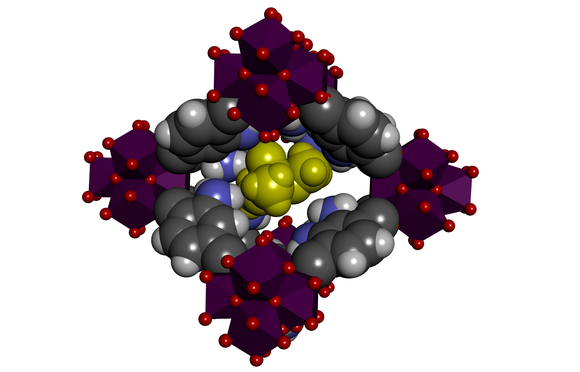
This New Hyper-sensitive Electronic Nose Can Smell Pesticides And Nerve Gas Like No Other
An international team of researchers from the University of Leuven (KU Leuven) in Belgium have now developed a super-sensitive electronic nose built with metal-organic frameworks (MOFs) that can detect pesticides and nerve gas in very low concentrations, an advance which may also help in screening someone’s breath for lung cancer and multiple sclerosis (MS).
The best-known electronic nose is the breathalyser. As drivers breathe into the device, a chemical sensor measures the amount of alcohol in their breath. This chemical reaction is then converted into an electronic signal, allowing us to read the result.

Alcohol is easy to detect because the chemical reaction is specific and the concentration of the measured gas is fairly high. But many other gases are complex mixtures of molecules in very low concentrations. Building electronic noses to detect them is thus quite a challenge. Now, researchers have built a very sensitive electronic nose with metal-organic frameworks (MOFs).
“MOFs are like microscopic sponges. They can absorb quite a lot of gas into their minuscule pores,” postdoctoral researcher Ivo Stassen explains.
“We created an MOF that absorbs the phosphonates found in pesticides and nerve gases. This means you can use it to find traces of chemical weapons such as sarin or to identify the residue of pesticides on food. This MOF is the most sensitive gas sensor to date for these dangerous substances,” said Stassen. “The concentrations we are dealing with are extremely low: parts per billion – a drop of water in an Olympic swimming pool – and parts per trillion,” he added.

“The chemical sensor can easily be integrated into existing electronic devices. You can apply the MOF as a thin film over the surface of, for instance, an electric circuit. Therefore, it’s fairly easy to equip a smartphone with a gas sensor for pesticides and nerve gas,”Prof. Ameloot noted in a university statement.
“MOFs can measure very low concentrations, so we could use them to screen someone’s breath for diseases such as lung cancer and multiple sclerosis (MS) in an early stage,” Ameloot says, adding, “Further research will allow us to examine other applications as well.”
The findings were published in the journal Chemical Science.